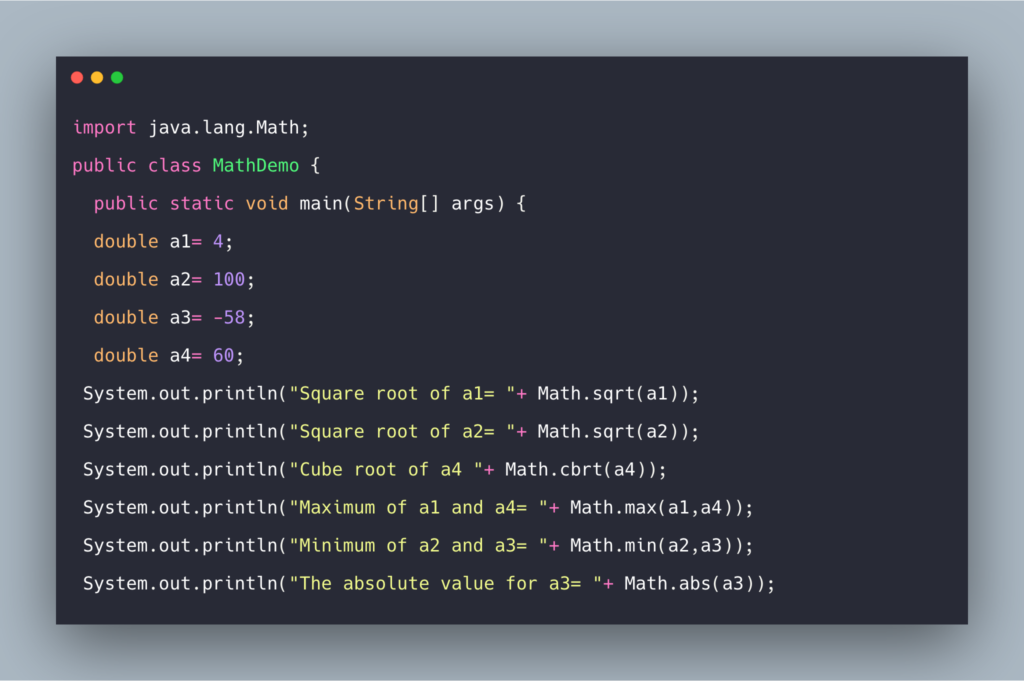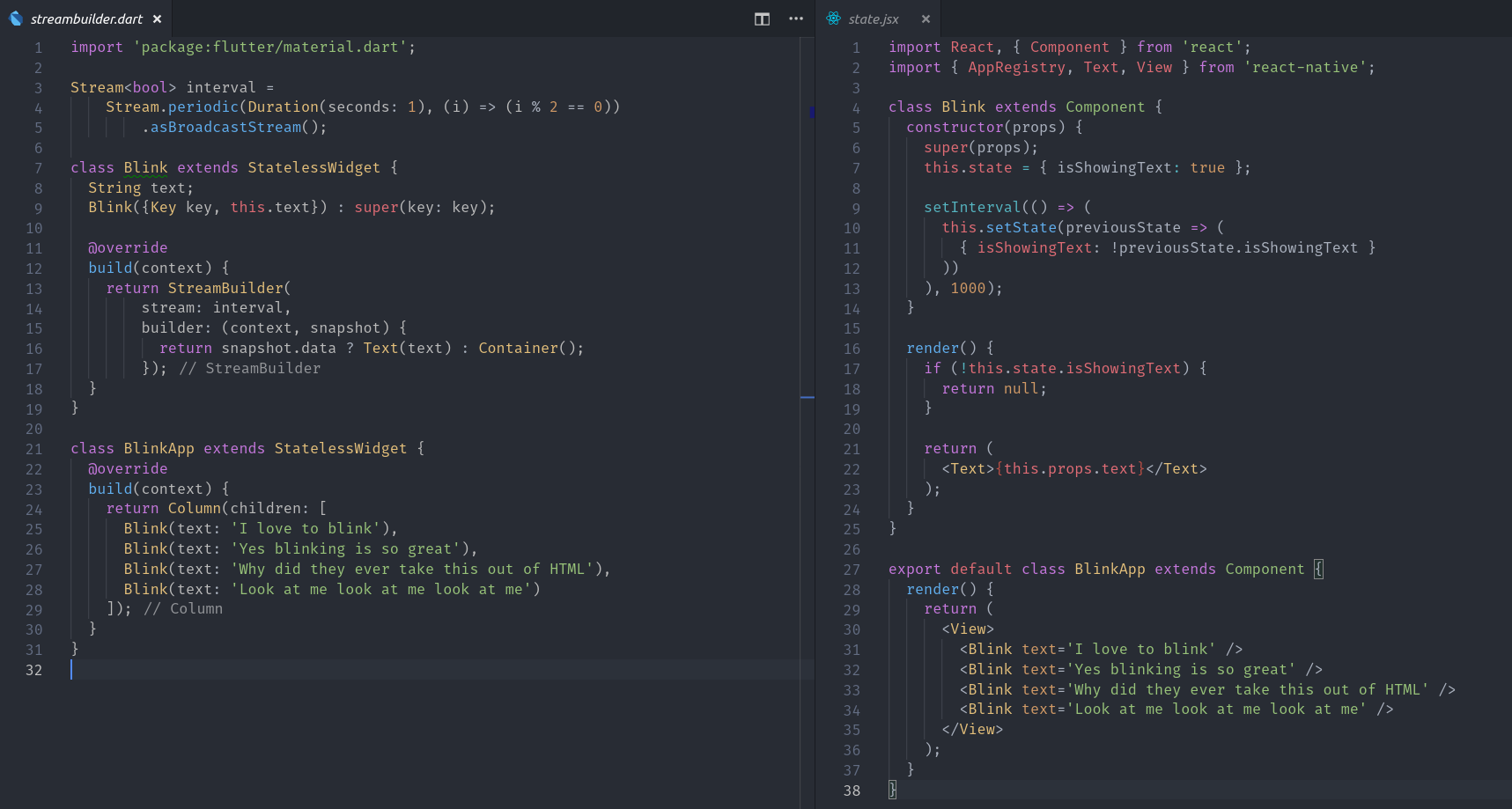Because the function declaration creates a variable in the current scope, alongside regular function calls, it is useful for recursion or detaching event listeners. Contrary to function expressions or arrow functions, that do not create a binding with the function variable by its name. Avoid arrow functions when using a code block with methods. They can be confusing at times due to their lexical scoping. This occurs mostly on object methods, prototype methods, and class methods.
Private functions can access public properties, but public methods in the prototype can't access private data. We thus need privileged methods—public methods in the instance. Privileged methods are public and can be called by everyone, but they also have access to private values, because they were created in the constructor. Sometimes, you might need to create a function with an indefinite number of parameters.
For example, let's say you want to create a function that lists your favorite Netflix series ordered by preference. However, you don't know how many series you're going to include just yet. This is an array-like object (not a full-blown array) that stores the values passed to the function when called. In turn, let and also have the context object as a lambda argument.
If the argument name is not specified, the object is accessed by the implicit default name it. It is shorter than this and expressions with it are usually easier for reading. However, when calling the object functions or properties you don't have the object available implicitly like this.
Hence, having the context object as it is better when the object is mostly used as an argument in function calls. It is also better if you use multiple variables in the code block. C++, Eiffel, Groovy, Lisp, Smalltalk, Perl, PHP, Python, Ruby, Scala, and many others, support first-class function objects and may even make significant use of them. Functional programming languages additionally support closures, i.e. first-class functions that can 'close over' variables in their surrounding environment at creation time.
During compilation, a transformation known as lambda lifting converts the closures into function objects. Here, make_point() returns a closure that represents a point object. This object has getter and setter functions attached. You can use those functions to get read and write access to the variables x and y, which are defined in the enclosing scope and ship with the closure.
The bytecode handler of Return will finish by calling the built-in LeaveInterpreterFrame. An arrow function expression is similar to what in other programming languages is known as lambda, introduced in ECMAScript 6 in 2015. It provides a shorthand for creating anonymous functions.
An inner function is simply a function that is defined inside another function. The inner function is able to access the variables that have been defined within the scope of the outer function, but it cannot change them. There are a number of reasons as to why we may need to create an inner function. For instance, an inner function is protected from what happens outside it.
Inner functions are also a good way of creating closures in Python. If your function returns an object literal using the implicit return, you need to wrap the object inside round parentheses. Not doing so will result in an error, because the JavaScript engine mistakenly parses the object literal's curly braces as the function's curly braces.
And as you've just noticed above, when you use curly braces in an arrow function, you can't omit the return keyword. In the under-application case, the remaining parameters get assigned the undefined value. Many Web/Node.js frameworks nowadays use this JS feature to accept optional parameters and create a more flexible API. Whereas, the variables declared with the let keyword are not added to the global object, therefore, trying to access such variables using window.variableName results in an error.
Arrow functions are declared without the function keyword. If there is only one returning expression then we don't need to use the return keyword as well in an arrow function as shown in the example above. Also, for functions having just one line of code, curly braces can be omitted. The $.each() function is not the same as $.each(), which is used to iterate, exclusively, over a jQuery object.
The $.each() function can be used to iterate over any collection, whether it is an object or an array. In the case of an array, the callback is passed an array index and a corresponding array value each time. A common problem faced by programers is looping over an enumerable dataset.
This data can come in the form of arrays, lists, maps or other objects. In this article we will deal with this problem and learn 4 ways to loop through objects using javascript to retrieve multiple key-value pairs. In addition, although not primitive, classes are data types, just like integers and floats. And since classes are made up of data, an object can therefore contain other objects!
For example, let's assume you had just finished programming a Fork and Spoon class. Moving on to a PlaceSetting class, you would likely include variables for both a Fork object and a Spoon object inside that class itself. This is perfectly reasonable and quite common in object-oriented programming. Therefore in such circumstances, developers may choose to use regular functions rather than arrow functions.
The primary objective when you compose a function is to create the purest function practicable. Meaning that the function would still return its same value. If you're using regular functions or arrow functions, it doesn't matter. It should be about writing readable and cleaner code always. The window object doesn't have .classList.toggle property.
Thus Javascript engine will add the .classList.toggle to the window object and set it to undefined. To fix these issues, you would use the regular function where this is bound to the element that triggers the click event. You can do all of these using JavaScript arrow functions. The reason you get the above error is because, when you invoke setTimeout(), you are actually invoking window.setTimeout().
As a result, the anonymous function being passed to setTimeout() is being defined in the context of the window object, which has no clearBoard() method. Functions defined by function expressions and function declarations are parsed only once, while those defined by the Function constructor are not. That is, the function body string passed to the Function constructor must be parsed each and every time the constructor is called. Although a function expression creates a closure every time, the function body is not reparsed, so function expressions are still faster than "new Function(...)". Therefore the Functionconstructor should generally be avoided whenever possible.
To return a value other than the default, a function must have a returnstatement that specifies the value to return. A function without a return statement will return a default value. In the case of a constructorcalled with the newkeyword, the default value is the value of its this parameter. For all other functions, the default return value is undefined. For example, in the above code, when the key obj is added to the myObj, JavaScript will call the obj.toString() method, and use this result string as the new key. JavaScript is designed on a simple object-based paradigm.
An object is a collection of properties, and a property is an association between a name and a value. A property's value can be a function, in which case the property is known as a method. In addition to objects that are predefined in the browser, you can define your own objects.
This chapter describes how to use objects, properties, functions, and methods, and how to create your own objects. Although the syntax of spread operator is exactly the same as the rest parameter, spread operator is used to spread an array, and object literals. We also use spread operators where one or more arguments are expected in a function call. The class can be derived or not, the method can be static or not.
Objects can be produced by constructors, which are functions which initialize objects. Constructors provide the features that classes provide in other languages, including static variables and methods. By convention, the variables stored in an object that we access via the dot operator are generically called properties. Properties that happen to be functions are called methods. There's no magic to either of those words; methods are just functions, properties are just variables. This represents an object that executes the current function.
In short, this is defined by the function execution context. Such as how a function is called, it refers to a global object window. For example, when a function is being executed from a global object.
When addNumber() is called without arguments, a closure is returned that allows inserting numbers. This closure is an arrow function that has this as numbersObject instance because the context is taken lexically from addNumbers() method. In Python, functions are first-class objects, just like strings, numbers, lists etc. This feature eliminates the need to write a function object in many cases. Any object with a __call__() method can be called using function-call syntax. When you use an arrow function in JavaScript, the value of the this keyword doesn't get rebound.
In this particular case, the arrow function in question is being passed as an argument to the startBtn.addEventListener() method, which is in the global scope. Consequently, the this inside the function handler is also bound to the global scope — that is, to the Window object. In this section, you'll learn about closure factory functions. Closures are dynamically created functions that are returned by other functions.
This means that they're on par with any other object, such as numbers, strings, lists, tuples, modules, and so on. You can dynamically create or destroy them, store them in data structures, pass them as arguments to other functions, use them as return values, and so forth. The outer function returns the inner function and the element's onclick is set to that inner function. This ensures that each onclick receives and uses the proper i value .
The arguments adaptor frame was an ad-hoc solution to calls with a mismatch number of arguments and formal parameters. It was a straightforward solution, but it came with high performance cost and added complexity to the codebase. The performance cost is nowadays exacerbated by many Web frameworks using this feature to create a more flexible API. The simple idea of reversing the arguments in the stack allowed a significant reduction in implementation complexity and removed almost the entire overhead for such calls.
V8 has special built-ins that understand the adaptor frame whenever it needs to access the remaining arguments through the rest parameter or the arguments object. They will always need to check the adaptor frame type on top of the callee's frame and then act accordingly. Variables that are declared with the var keyword in the global scope are added to the window/global object. Therefore, they can be accessed using window.variableName. The this keyword inside an arrow function, does not refer to the object calling it. It rather inherits its value from the parent scope which is the window object in this case.
If we want to create multiple objects having similar properties and methods, constructor functions are used. We can bind/pass data to a function without necessarily passing the data to the function via parameters. It is a function object that is able to remember values in the enclosing scopes even when they are not available in the memory.
This means that we have a closure when a nested function references a value that is in its enclosing scope. Object.create() produces a fresh object whose prototype is Super.prototype. For the sake of finishing ES6 classes in time, they were deliberately designed to be "maximally minimal". That's why you can currently only create static methods, getters, and setters, but not static data properties. There is a proposal for adding them to the language.
Until that proposal is accepted, there are two work-arounds that you can use. CallingmyContainer.service() will return 'abc' the first three times it is called. After that, it will return null.service calls the private dec method which accesses the private secret variable. Service is available to other objects and methods, but it does not allow direct access to the private members. JavaScript is the world's most misunderstood programming language. Some believe that it lacks the property of information hiding because objects cannot have private instance variables and methods.





























No comments:
Post a Comment
Note: Only a member of this blog may post a comment.